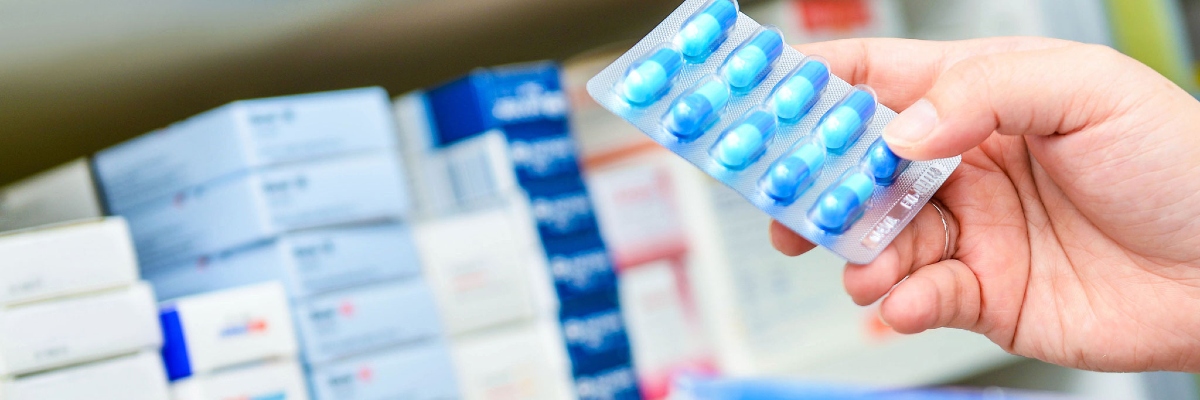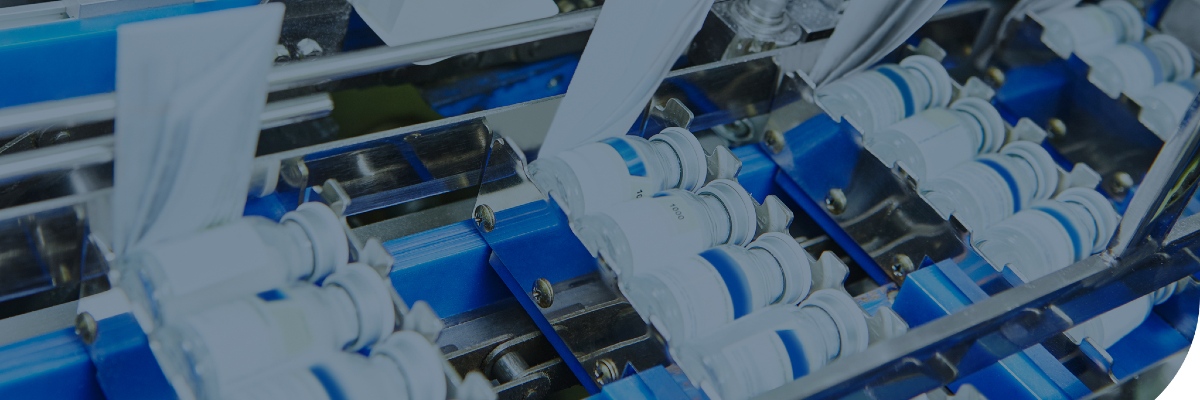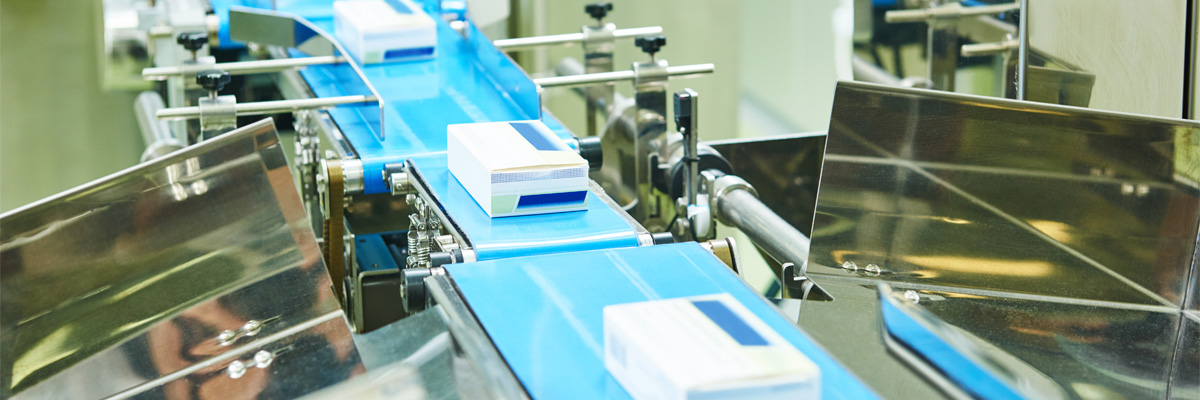The entire packaging process is essential for a brand’s success. From the initial design concept to each individual handoff thereafter, every step must be executed efficiently. Even one bottleneck, in just one step, can derail the rest of the process. However, by following these five steps, your teams will create flawless packaging in no time.
Step 1: Conducting Research
Brands that conduct in-depth research on their consumers develop packages that not only grab their target market’s attention but drive their purchasing decisions. For example, answering the following questions helps you determine which type of package is most desirable to your consumers:
- Which products do you compete with?
- Knowing your competitors helps you figure out where to differentiate the packaging to stand out against similar products on the shelves.
- Which geographical market(s) is the package going to be present in?
- Researching these individual markets guides your design and packaging copy to best fit the consumers that reside there.
- How are you positioning your product in the market?
- The positioning statement of the product directly influences the associated packaging and the copy.
- What does your target market value the most about your product’s category?
- Finding this information allows you to determine which features and benefits to highlight on the packaging.
- What are the most important drivers of the actual purchase? When it comes to the product, what do consumers most care about?
- Discovering the underlying details that drive your consumers to make purchasing decisions drastically improves your package design.
However, research shouldn’t just be your first step. It should be done throughout the design process even post-launch. For example, conducting research on how your packaging is performing helps you and your team make any necessary adjustments to improve sales.
Step 2: The Packaging Brief
The initial packaging project brief sets expectations for everyone involved. This includes the overall scope of the project, timelines and deadlines, and any special instructions that are unique to the project.
When conducting the packaging brief or kick-off, make sure all stakeholders are present. Create a summary so everyone involved can reference what was talked about in the meeting. The leaders of the project should ensure they come to the briefing with a full understanding of the packaging and product, with the ability to answer questions.
Step 3: Creating the Concept
Creating the conceptual idea for your packaging provides a blueprint for the design team. Conceptual designs that are not detailed enough lead to misinterpretations of packaging details and cause confusion as the design goes through the project lifecycle. The more detailed you are, the more efficient your process will be.
ArtiosCAD and Studio from Esko drastically improve the design process. The ArtiosCAD structural design software enables your designers to create 2D and 3D packaging designs, resize them to fit a product, and create internal fitments. Studio, a 3D packaging design and visualization software, helps designers produce better artwork and bring packaging ideas to life.
Step 4: Internal Review and Revisions
For many involved in the packaging design process, the internal review and any subsequent editing can be a tedious step. However, it’s necessary because it ensures the package looks exactly as intended.
Just like how brands should be thorough with their conceptual design, the actual design itself needs to go through an in-depth review and editing process. Brands must have systems in place to make the review and approval process more efficient.
Esko WebCenter is a collaborative workflow solution that guides your team through the process of bringing consumer products to market – from content creation to distribution. It allows companies to centralize their tasks, communications, and project information in one source. WebCenter simplifies the review and approval process and identifies bottlenecks to increase speed-to-market and improve efficiency.
Step 5: Getting Final Approval
The feeling of euphoria when a design receives that final approval is rivaled by few other moments. It’s the culmination of months of hard work from everyone involved.
However, that final approval can be difficult to acquire. Whether it’s imperfect software that doesn’t give you a full understanding of what the design will look like in real life — or if the approver is particularly picky — Esko can help your designs get approved faster.
Streamline Your Packaging Design with Esko Today
Esko WebCenter is 3x faster than traditional approval methods. With a state-of-the-art viewer, those who have the final say on design can get a clear picture of what the packaging will look like once it is constructed.
Once you’ve mastered these 5 steps, the final step of your design process — launching your product — should be a breeze! If you’d like to see a demo or learn more about Esko software, reach out to Esko today.










